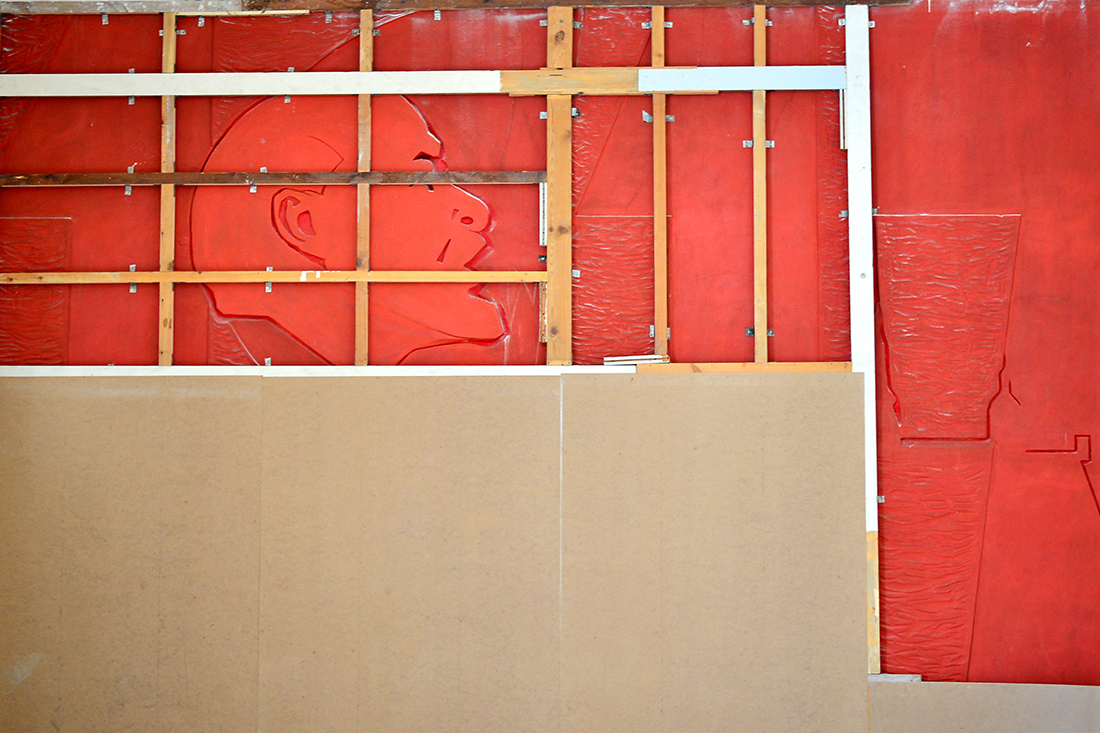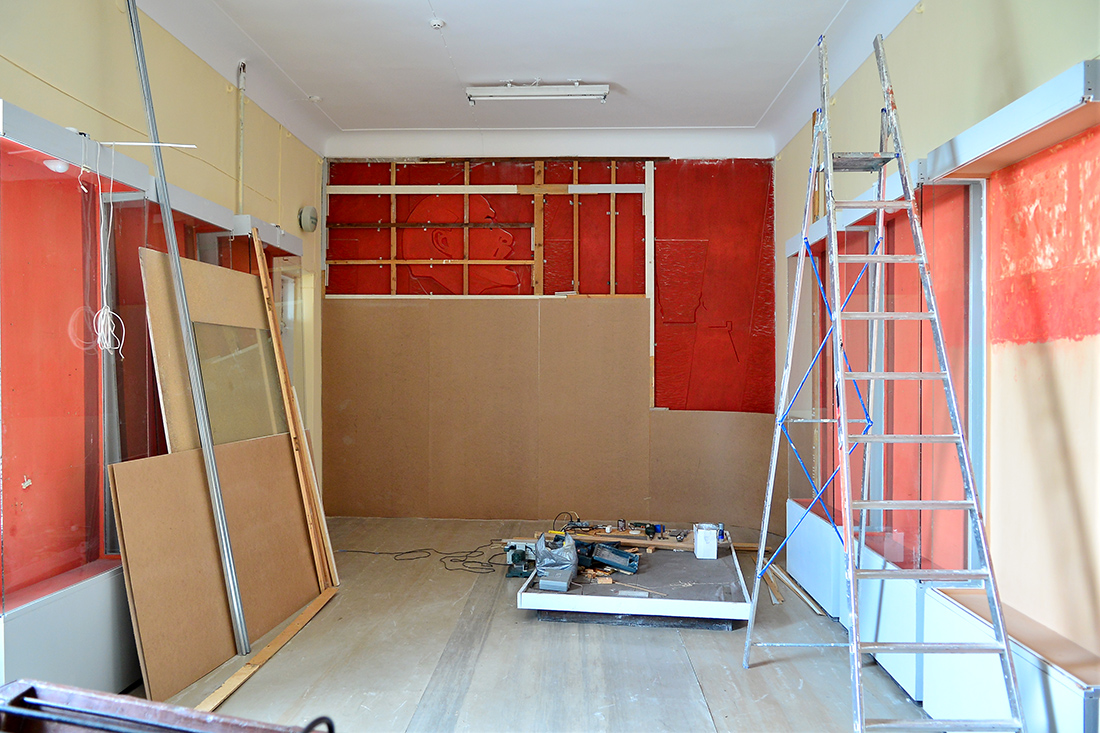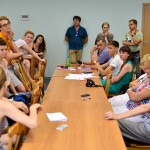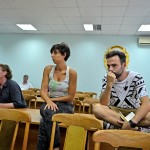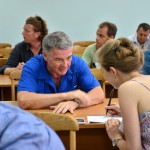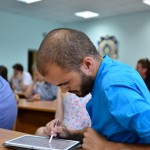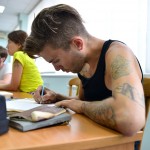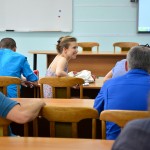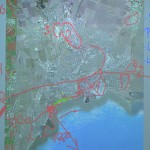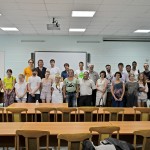One of the first things we were told when we arrived in Mariupol was that “Lenin has gone” and Lenin’s Square is now “ The Square of Fallen Lenin”. Indeed, this was a wind of change for many towns: more than 500 statues of “vozhd” (a Russian word for a leader, a person in supreme authority) were dismantled during the last year all over Ukraine.
“Where did the statue go?” — asked one of AU residents. “Dunno,‘’ — replied Kostya Batozsky — “It was a bronze statue, probably it was sold as scrap. Ain’t it symbolic: capitalism has won in the end.”
Yes, it is. But there is another symbolic thing in this fact: when you throw the evidences of history into a trash can, the history will come back sooner or later, sometimes in its perverted edition.
Our second day in Mariupol was marked by History: the guide Aleksandra from The Local History Museum took us on a journey through time. Remnants of ancient people together with stuffed fish and birds were supposed to illustrate the riches of the region back to a “pre-Soviet” period as they call it here in the museum, inventing a term which doesn’t exist in academia. Though we jumped into the Soviet period almost without introduction — we quickly passed trough the room with empty displays. All we can see is their red background and a portrait of Lenin – a bas-relief on the front wall which is being covered. When Alexandra proceeds to show us Soviet interiors in the next room, we try to figure out what is actually going on in the previous room. It seems to become a very delicate issue at the museum. “The room is being reconstructed” — she simply replies, avoiding an uncomfortable conversation. A worker, who is doing the “reconstruction” shrugs his shoulders, sadly saying: “The regime has changed”.
The empty exhibition booths and especially their red backgrounds perfectly illustrate the current situation, a great metaphor of what is really going on: the present adjusting to new ideology, destroying evidences of the past. There are exactly the same examples of such approaches to history in the Ukrainian past: as Bolsheviks destroyed remnants of the Russian Empire and then ‘communists’ of all scales suppressed Ukrainian identity, — a new pro-Ukrainian ideology tends to dismiss its past life. “Sometimes we need to correct history,” — says Aleksandra and evokes a bigger conversation with the residents who’s dogmatic opinions are that there should be a discussion about the past rather than attempts to forget it.
Correcting history might have some practical ways though. Architecture can symbolise periods of history. It may also correct its mistakes. After the museum the whole group met up with local architects. After an explicit lecture by Andriy Kadyrov (on Mariupol’s architectural history) the whole audience which included Mariupol activists, city administration representatives and architects developed into an extended discussion that, like a pendulum, moved back and forth in two directions.
The first one is the necessity to correct architectural mistakes: primarily, the location of the Azov Steel plant that affects the whole city and a railroad which stretches along the city beach blocking access to the sea. The second direction featured a vast spectrum of problems which restrain solutions for the first one. Corruption, private interests and most of all — a “sovok” (refers to USSR) mindset which is common among people who take decisions at a city level. These are the enemies of smart and strategic cities.
It seems like the people of Mariupol (and Ukraine) have to go on a long journey that realises the process of modernisation that includes their interests. This path starts with a first step — a discussion, that points to common needs and interests.
